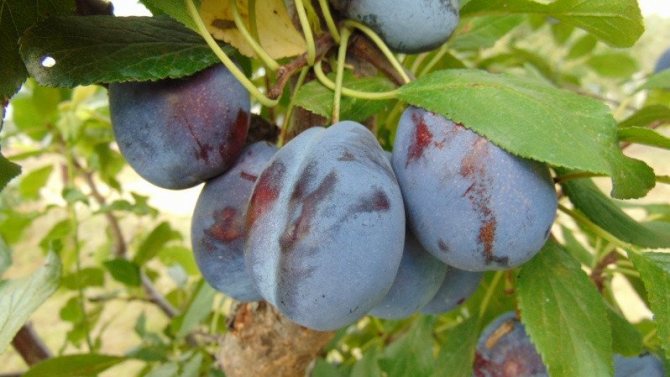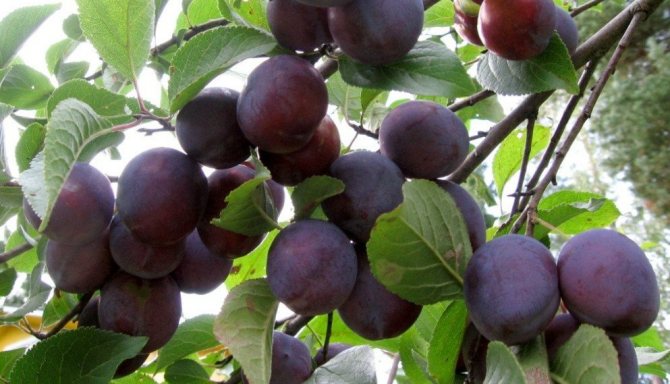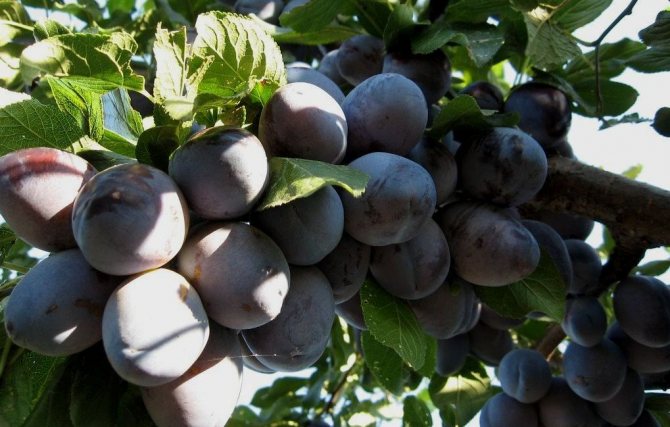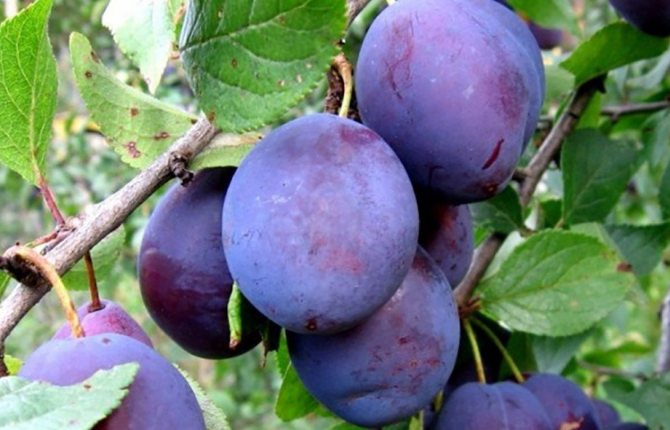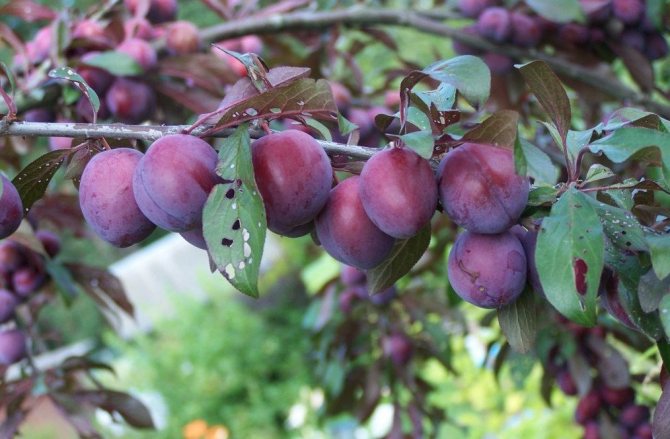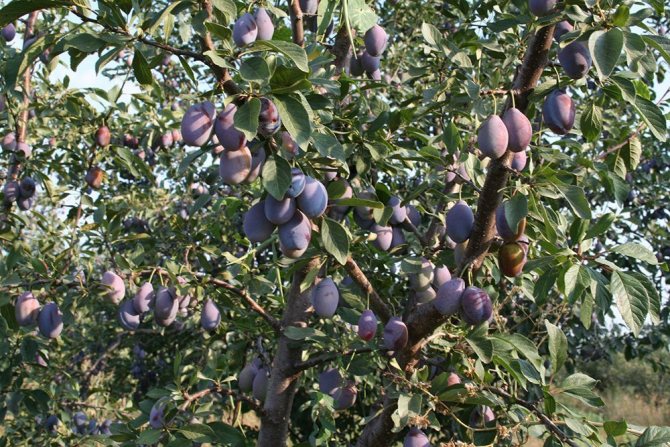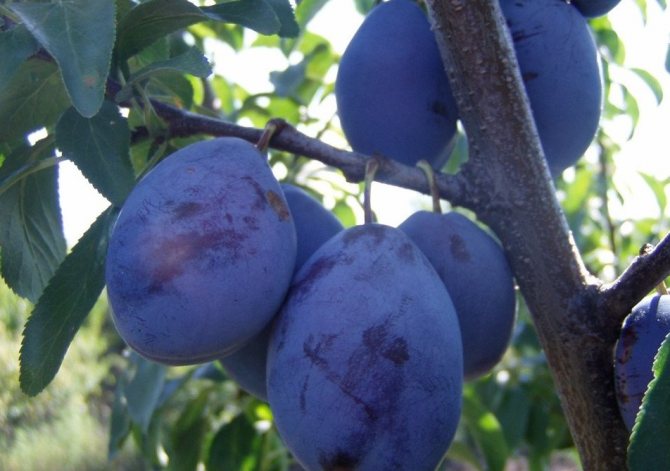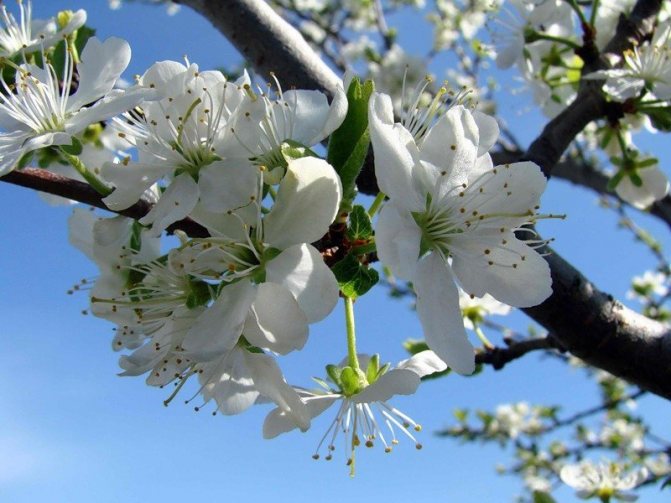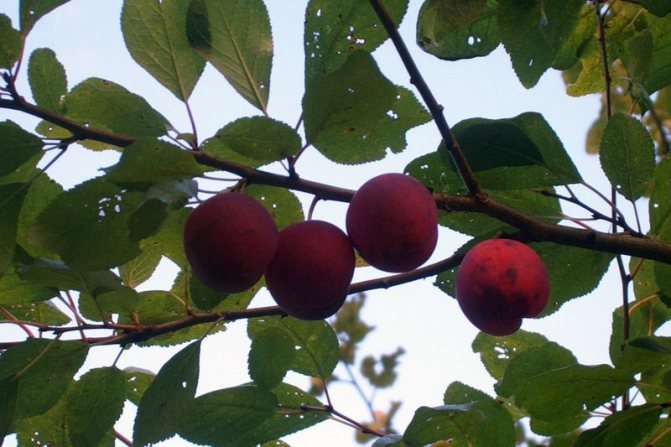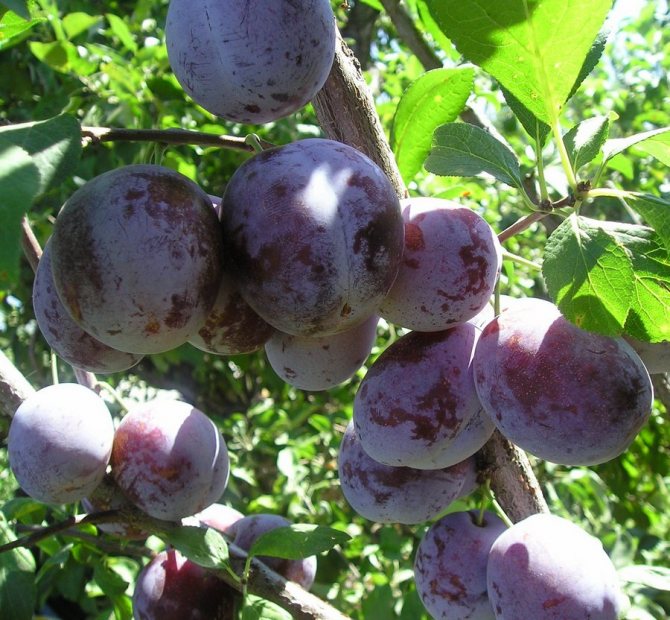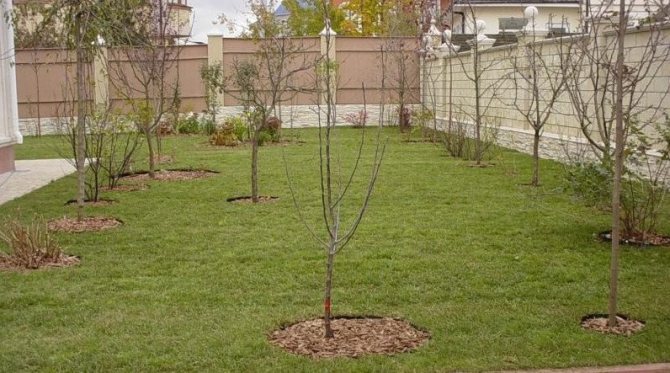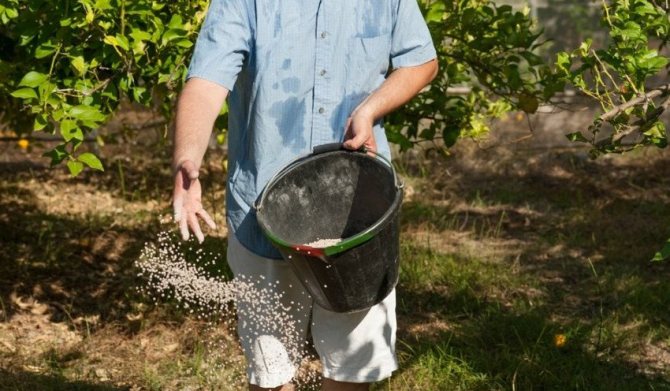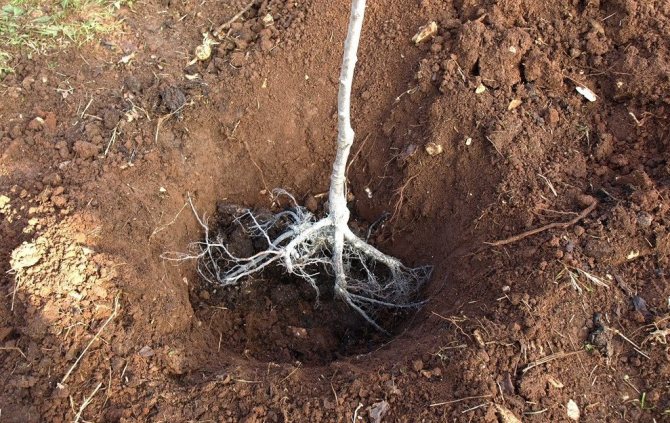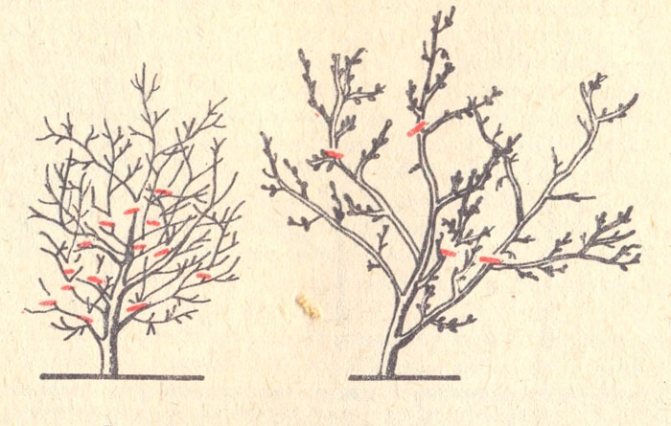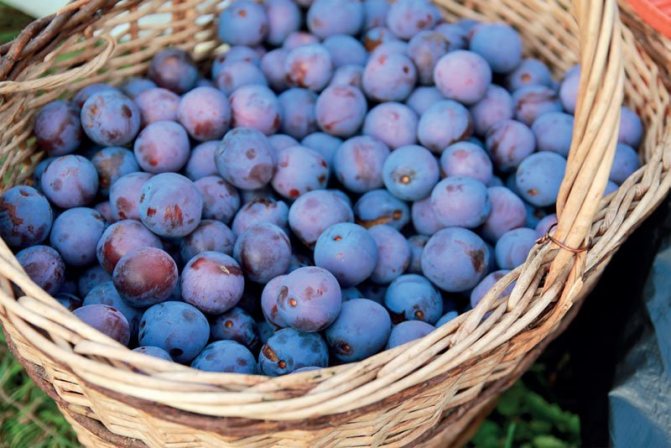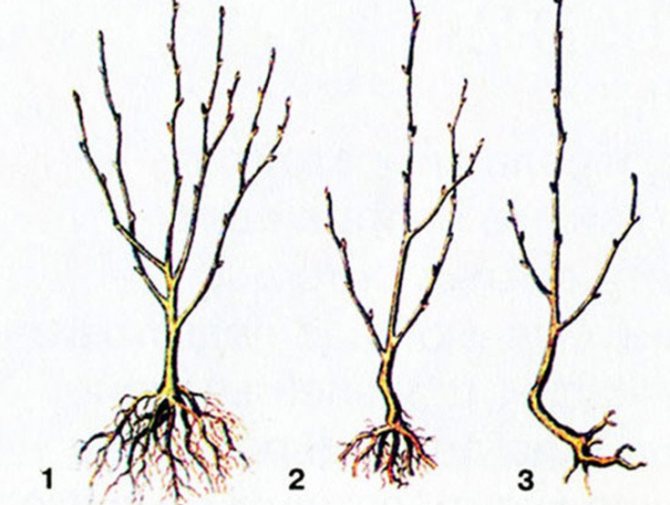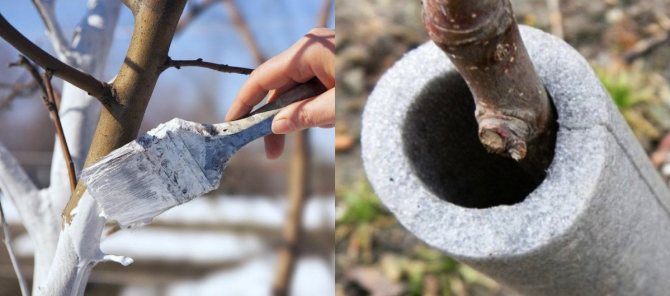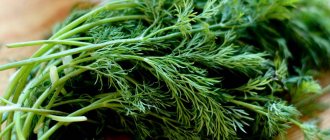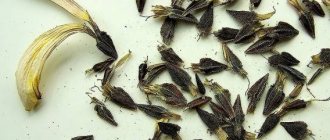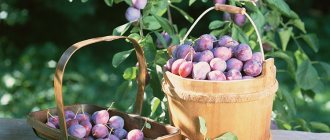Characteristic
The varieties included in this group are not distinguished by their large size. On average, the height of an adult tree is 3-5 m. The shoots are colored red-brown, gray prevails in the color of the trunk bark. The crown is oval or elongated-pyramidal, easy to shape. Plantings give a lot of root growth, which should be taken into account when choosing a site for rooting.
Hungarian is a self-fertile or partially self-fertile plum with high yields. To maintain the characteristics at this level, it is recommended to root pollinators nearby. Usually, varieties are planted nearby that will bloom in the same period.

Most of the young seedlings begin to yield for 2-3 seasons. Plants are drought-resistant, yield a crop for 25-30 years with proper agricultural technology. The trees bear fruit without interruption. As a rule, fruit harvesting takes place in the second half of August and early October.
Plums ripen egg-shaped, the skin can be blue, lilac or purple, with a characteristic waxy bloom. There are varieties with green fruits. The pulp will be yellow, juicy and aromatic. Fruit length 6 cm, with a width of 4-5 cm. The stone is elongated, easily detached.
Due to the large number of plums on the branches, the trees need additional support during the ripening period of the crop. Ripe fruits remain on the branches for a long time, do not rot or crumble.
The crop lends itself well to transportation, plums remain fresh for a long time when stored cool. Collected until the moment of complete ripening does not deteriorate, ripen during transportation.
Yield indicators depend on the variety, as a rule, it will be possible to collect about 25 kg of plums from one plant. Vengerka plums differ from other plums by their high sugar content - about 15% and elastic pulp.
The fruits are recommended for fresh consumption, for obtaining prunes and for heat treatment.


Hungarian plum
Hungarian plum is the name of varieties with similar characteristics: elongated oblong fruits of a dark color with a waxy whitish bloom, characterized by asymmetry and having a noticeable lateral seam. Most varieties are characterized by unpretentiousness to growing conditions, frost resistance, disease resistance and stable high yields.
Video: an overview of the appearance of the tree
Hungarian varieties began to appear in the 19th century. Most of them grew in Hungary, from where this name went.
It was in Hungary that the custom existed not to harvest the plum as soon as it ripened, but to give it time to wither in the sun, to wait for the fruits to fall by themselves. It should be noted that you can only cook prunes from Hungarians. This is due to the optimal content of pectins and sugars in them (13-16%). From other types of plums, you will only get dried fruits that are unsuitable for eating.
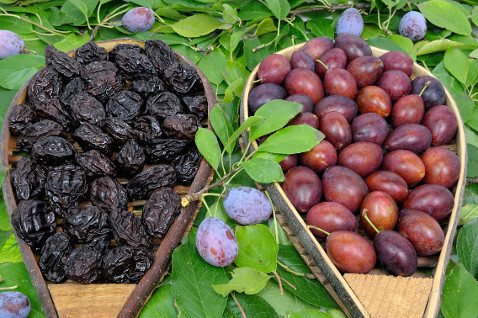

Of all the plums, only Hungarian is suitable for drying.
Today the group of Hungarian plums includes many different varieties - Italian, Moscow, Azhanskaya, Ordinary. Some of them have a long history of cultivation, while others were bred relatively recently.
Video: comparison of ordinary plums and prunes
Popular varieties
The group includes the following varieties.
Moscow
The tree, 2.5-3 m high, has a spherical crown. Fruiting will begin in the 6-8 season after planting in the garden. With competent agricultural technology, about 50 kg of plums can be harvested from one crop per season. Pollinators planted nearby have a positive effect on the yield of Moscow.


The color of the fruit will be reddish purple. The mass of one will be 20 g. Taste with a pronounced sourness, in light of which Vengerka is most often used for making wine, sauces, jams or juices. The variety is frost-resistant, therefore it can be cultivated in the middle lane.
Korneevskaya
Trees develop up to a 4-meter mark, have a spreading crown. Seedlings will begin to bear fruit 3-4 seasons after rooting. It will be possible to collect about 25-30 kg of plums from the culture; they ripen in August-September. The mass of one will be 30-35 g, painted in blue. Dessert variety, easy to transport.
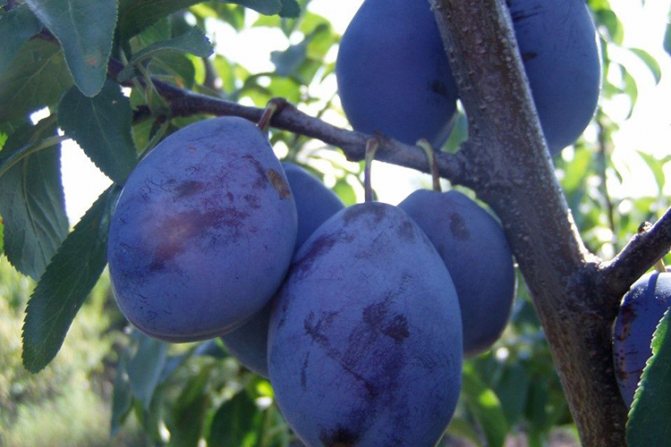

Pulkovskaya
Partially self-fertile variety. It develops up to 3-4 m, has a spreading crown. A seedling capable of fruiting becomes closer to 3 years of age. The ripening of the crop takes place in several stages in September. Weight varies within 25 g. Painted in dark red.
Belarusian
Trees with a rounded crown, 2.5-3 m high. Fruiting for 3 years after rooting in the garden, they need pollinators. Plums ripen in August, the weight of one can reach up to 40 g. The color of the skin will be blue with orange pulp. The taste is sweet and sour. Suitable for growing in the middle lane.
Donetsk early
It can grow up to 4-5 m, it stands out with a massive and spreading crown. The fruits ripen in early August. Begins to bear fruit 4-5 years after planting in the garden. Demonstrates average yields - about 20-25 kg, which will be increased by pollinators.


Donetsk early plums are most often used for making prunes. They are colored in dark purple, there is a slight sourness in the taste. They stand out for their good keeping quality.
Description
The tree is of medium vigor, which, however, depends on the rootstock. The crown of the Hungarian Korneevskaya is rounded, spreading, raised, moderately thickened. The stem and skeletal branches are covered with gray bark, which eventually begins to peel off. The main branches extend from the trunk at an acute angle, which does not add strength to the connection. The shoots are arcuate, the bark is bare, dark brown, covered with multiple lenticels. Conical buds are located at an angle of 45 ° to the shoot, they are medium in size, brown. The leaves of the variety are of normal size, obovate, with a rounded base, short-pointed, with a small-crested edge. The color of the leaf plate is dark green on top and light green on the bottom. The leaves are corrugated, rough, slightly pubescent, straight. At the base of the leaf blade there are 2 small brown glands. The petiole is small, slightly pubescent, highly pigmented. Stipules are absent. The flowers are small, grow singly or form 2 or 3-flowered inflorescences. The harvest of Hungarian Korneevskaya is formed on long annual shoots and on spurs.
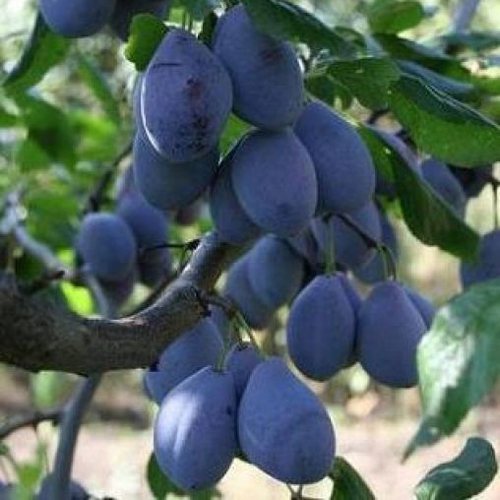

The drupes in the variety are oval, one-dimensional. The size of plum fruits is above average, weight 30 - 35 grams, height - 42.8 mm, diameter - 32.2 mm. The top is pointed, the funnel is deep and narrow. The abdominal suture is small, hardly noticeable. The color is dark, violet-brown, with a continuous thick waxy coating. There are many subcutaneous points, but they are hardly noticeable. Peduncle of regular length and thickness, straight. The pulp is yellow, juicy, cartilaginous, tender. The taste is good, sweet, and is rated quite high - 4.5 points. The juice is colorless. Substance content in 100 grams of pulp: dry matter 19.75% - 22.5%, sugars 14.07% - 15.0%, acids 0.93% - 1.3%, vitamin C 6.51 - 9.1 mg.The stone is elongated, saber-shaped, easily separated from the pulp. The size of the stone is average - about 7% of the fruit pulp.
Landing rules
To get high yields when planting Hungarians, you should adhere to the following rules when rooting the selected variety.
Sapling selection
Planting material should be purchased from specialized nurseries. A young tree must meet the following requirements:
- age 1-2 years;
- seedling height from 70 to 150 cm;
- root system without damage and traces of drying out;
- smooth stem;
- lack of dry shoots.
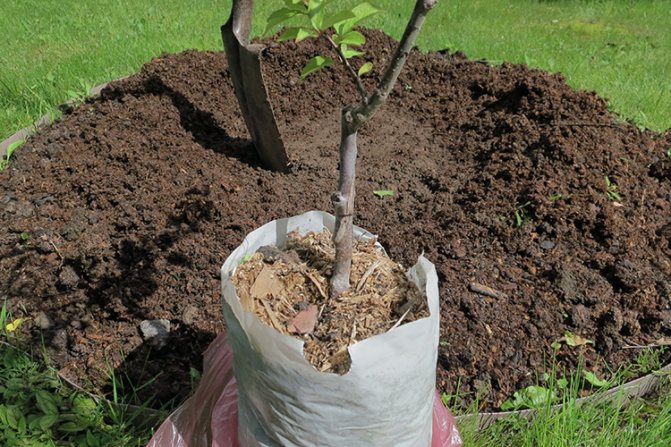

It is more correct to purchase a tree planted in a container with nutritious soil mixture. In this version, it is rooted together with an earthen lump, which significantly speeds up adaptation in a new place.
Timing
The exact date of disembarkation is selected taking into account the weather conditions of the region. In southern climates, work should be scheduled for fall - early September. In the middle lane and in the northern regions, planting must be performed in the spring, before the sap flow begins.
Site selection and soil preparation
The plum will need a well-lit area on the south or southwest side. It is worth taking care of the wind protection. It is better to root it on a hill, in the lowlands there is a risk of decay of the root collar of the plant. The optimal distance from other fruit crops is at least 3 m.
The following varieties are recommended as pollinators:
- Altana;
- Crooman;
- Bluefrey.


Altana
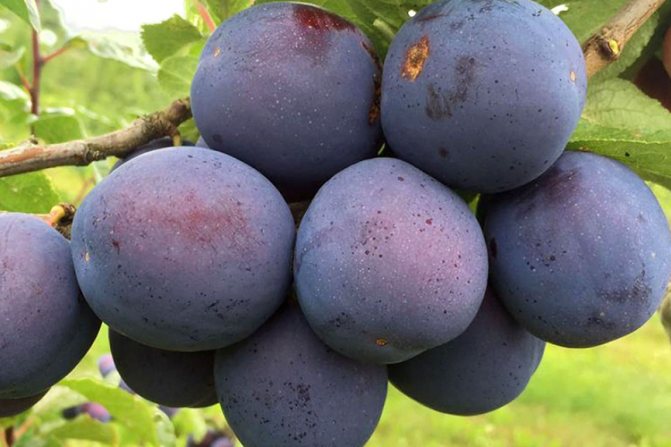

Crooman
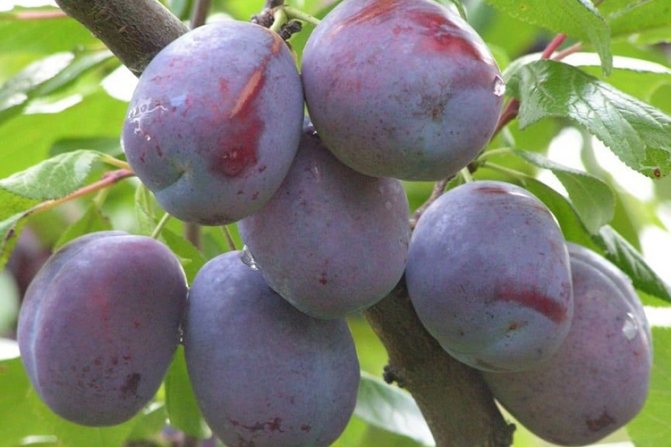

Bluefrey
Hungarian develops well in sandy loam or loamy soils, soil with high acidity is not suitable for it. The indicators can be normalized when dolomite flour or ash is added to the soil.
To improve the survival rate of a new plant in the garden, it is recommended to remove all weeds in advance from the site chosen for planting, carefully dig it up, and add compost.
Rooting technology
Regardless of the chosen time of work, the process of planting a seedling will be the same. A spring rooting pit can be prepared in the fall, in the spring - two weeks before the expected planting date.
It is necessary to dig a hole 60x60 cm, drive in a support. Prepare a soil mixture from fertile soil, mixed with humus in equal quantities. Add ammonium nitrate, potassium chloride, superphosphate. You can also supplement the substrate with fine sand, lay a drainage layer on the bottom.


Landing Algorithm:
- the seedling is placed in the center of the hole on an earthen hill;
- straighten the root system;
- cover the pit with earth;
- watered;
- cover the near-trunk circle with a layer of sawdust or peat.
Useful properties of prunes
Regular use of healthy dried fruit improves digestion, solving the problem of constipation, has a positive effect on the condition of the skin, normalizes metabolism, helps the body recover from illness, increases efficiency, improves heart function, and maintains the normal state of the nervous system. Despite the fact that prunes are considered a high-calorie product, nutritionists advise not to exclude them from the diet. It quickly relieves hunger, so snacking on prunes is not harmful. In winter, when the consumption of fresh vegetables and fruits decreases, prunes are a good find, since they allow the body to receive the necessary substances. It contains fructose, glucose, sucrose (up to 17%), many organic acids, pectin, phosphorus, potassium, iron, magnesium, calcium, vitamins C, A, P, group B, etc. Recent studies have shown that prunes, thanks to vitamin A and beta-carotene, it helps to maintain visual acuity.
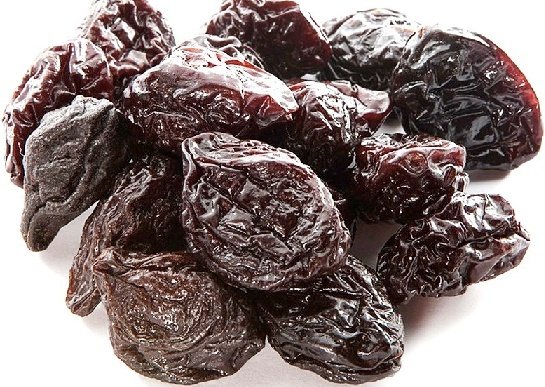

Ways to get prunes
Large volumes of plums (for sale) in fruit processing plants are processed in boiling water, then cooled in running water and dried in steam in special drying devices at the required temperature.
In another method, pre-washed fruits are dried in the fresh air under the sun's rays. The artisanal method does not make it possible to obtain a beautiful prune, as in industrial production, but its useful qualities are not reduced by this. It is believed that even more nutrients are stored in it than in prunes obtained under factory conditions.
Dried fruit can be with or without a stone. The latter is considered less useful and costs less. In a cold, dry place, the product is excellently stored for up to one and a half years.
Plum varieties suitable for producing prunes
The statement that any kind of plum can be used for prunes is erroneous. The "correct" product is obtained from Hungarian plums containing more than 17% dry matter. If we take fruits whose quality characteristics are not suitable for obtaining prunes, the final product will be called simply dried plums, which are not black in color, but most often brown-brown. Prunes are obtained from special varieties that are distinguished by large, fleshy and dark fruits, with a sugar content of at least 12% and with a small amount of moisture. The most ideal variety is considered Italian Hungarian.
Hungarian italian
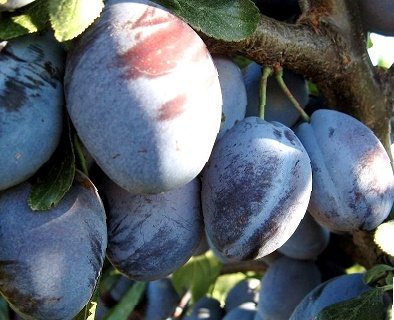

The homeland of this plum is sunny Italy. The variety has an average height, pleases with the first harvest in 5 years. The "Italian" has large fruits resembling an egg, with a rich dark blue color and dense yellowish-green flesh, under the skin there are large dots. The taste of the fruit is sweet, the smell is weak. Prunes from Italian Hungarian are very beautiful.
In Russia, plum is mainly grown on the Black Sea coast (Gelendzhik, Adler). In more northern regions, its cultivation is not so successful, since the plant is thermophilic and can freeze slightly in winter. However, the Italian Hungarian can be found in the gardens of the Voronezh, Kursk and nearby regions. But plum is not grown on an industrial scale in these regions.
Common Hungarian (Home)
The peculiarity of the variety is the difference in taste, size, ripening times. It depends on the breeding methods. Like many varieties, the Domashny plum begins to bear fruit at the age of 5. The fruit ripens rather late - at the end of summer or in the first decade of September. Hungarian vulgaris lives long and gives good, stable yields. After 25 years, more than 150 kg of plums can be removed from it. High frost resistance makes it possible to grow a fruit tree in regions with low winter temperatures.
Care
Further agricultural technology is reduced to performing the following garden work.
Watering
Hungarian is distinguished by its drought resistance, but for the growth and fruiting of an adult culture, it will take about 5-6 waterings per season, 8-10 buckets of liquid. It is recommended to focus on moisturizing during the flowering period and the formation of ovaries, the ripening of the crop.
Young seedlings need to be watered more often, using about 2-3 buckets of water for one.
Fertilizer
Top dressing is performed in several stages:
- before fruiting, urea is used - 45 g / 10 l;
- in the phase of fruit filling - 3 tbsp. tablespoons of nitrophosphate per 10 liters of water;
- after harvesting, the tree will need superphosphate;
- at the end of the season, rotted manure is introduced - 10 kg for one plant.
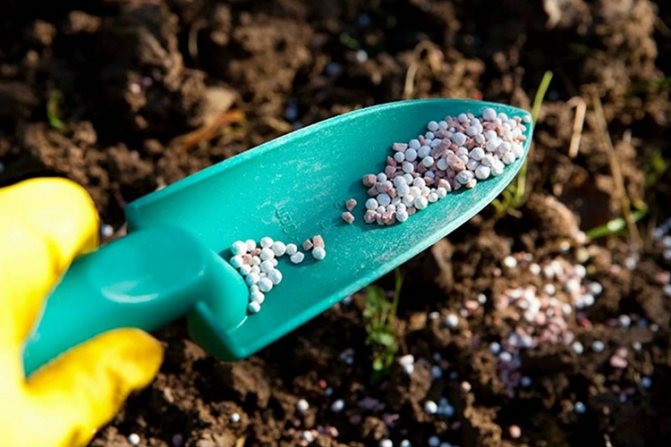

Pruning
In light of the formation of a large number of fruits, plants need to keep only powerful branches growing at right angles from the trunk. It is more correct to choose a sparse-tiered crown shape for plums, timely removing shoots, damaged shoots, branches growing in depth.
Formation should be planned for the spring, work is carried out at an air temperature of at least + 10C. They are performed regularly, starting from the second year after rooting in the garden.
All branches of the skeletal row are shortened by a third. At the beginning of the season, the conductor should be cut off, 40 cm away from the upper shoot.In the future, it is necessary to maintain it at such a level that about 6 buds remain from the top to the uppermost skeletal branch. The optimal number of skeletal branches is from 5 to 10.
The height of the first tier should not be less than 50 cm from the ground.
Rejuvenating pruning is carried out for adult trees, shortening last year's growths; shoots older than 4 years must be completely removed.
It is important to work with a well-sharpened and disinfected tool, to process the cut sites with garden varnish.
Harvesting and storage
Works are carried out in dry weather. Fruits ripen unevenly, so harvesting is usually divided into several stages.
The crop intended for further transportation is removed from the trees unripe and stored in a shallow container. After 5-7 days, the plums will reach technical ripeness.
They should be plucked with the stalk, touching the surface as little as possible in order to preserve the wax coating on the skin. Cleaning starts from the bottom tier, moving up.


It is best to store Hungarian in boxes or trays, while each row is overlapped with paper. The optimum temperature in the room will be 0C-2C, with a humidity level of 85%.
Preparing for winter
Most of the representatives of the group remain viable at average values of negative temperatures in winter in the regions where it is recommended to cultivate them. Adult trees do not need insulation at all, it is recommended to cover the trunks of young seedlings with non-woven raw materials or spruce branches.
Metal nets will be required to protect the bottom of the tree trunk from rodents. When choosing a covering material, preference should be given to options that allow air to pass through, otherwise there will be a risk of rotting trees.
Also in the fall, the trunk circle is mulched. It is recommended to use organic mulch - peat or humus.
Michurinskaya
The plum variety Hungarian Michurinskaya is considered mid-season. Fruits weigh up to 30 g. They have a blue-violet color and a dense bloom. The pulp is green-yellow, firm and juicy. When harvesting, you can take your time, since the fruits will stay on the tree for up to 30 days.


The only drawback is the peculiarity of the formation of the crown.
Diseases and pests
The varietal group is distinguished by high immunity to many diseases, but it can suffer from the following ailments.
- Hole spotting - signs are red spots on the green mass, drying out of branches and fruits. Treatment is carried out by treatment with Bordeaux liquid or "Hom".
- Black knotty - the disease is manifested by neoplasms on the branches. The affected parts dry out. Prevention and treatment include spraying the plantings with Bordeaux liquid. The infected parts must be removed and burned, the cut sites must be disinfected with copper sulfate.
- Rust - the disease manifests itself as yellow spots on the foliage, the bottom of the leaf plate will be covered with a brown coating. Plants are treated by spraying with fungicides.
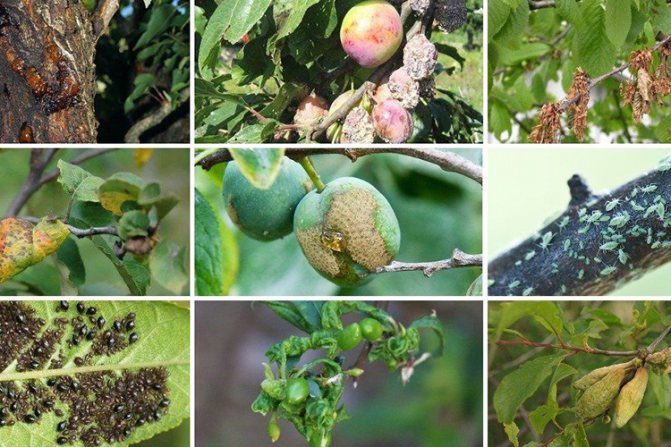

Some insects can harm fruit and berry plantations.
- Fruit moth - caterpillars feed on fruits, destroying them with their waste products. To destroy the pest, insecticides are used.
- Gypsy moth - pest caterpillars feed on young greenery, buds and flowers. They are collected from trees by hand, plants are also treated with insecticides - "Karbofos", "Zolon", etc. Biopreparations - "Lepidocid", "Entobacterin" demonstrate high efficiency.
Testimonials
Alexander, Lugansk: My Donetsk early is growing. I really appreciate her for her taste. The yields are large, so every season we eat fresh plums, preserve them, and make prunes. In terms of leaving, it does not cause trouble.
Maria Ignatievna, Volzhsky: I appreciate the ugorka in my garden for its productivity, with regular watering, the trees bear fruit perfectly, the fruits are always sweet and juicy. I use it for winter preparations, making liqueur.
Nikolay Fedorovich, Lyubertsy: I grow Moscow, the seedling began to bear fruit for 5 years, in September I can collect about 20 kg of plums from one tree. The culture is frost-resistant, ideal for our region.
Breeding history
There is no exact data on the origin of the Hungarian plum. There is information that it is a hybrid, which was obtained as a result of the mutual pollination of cherry plum and blackthorn in the Caucasus. According to other sources, Asia was the birthplace of the plant. In any case, the culture got its name due to the fact that it came to Russia from Hungary. This happened in 1900.
Initially, the culture was planted on the shores of the Black Sea. It is an Italian variety that is considered thermophilic and lacks frost resistance. But at the same time it gives the sweetest fruits.
After some time, many varieties were bred that turned out to be adapted to frost and dry weather. Such plants have not lost their qualities. Today they are grown in different regions.

